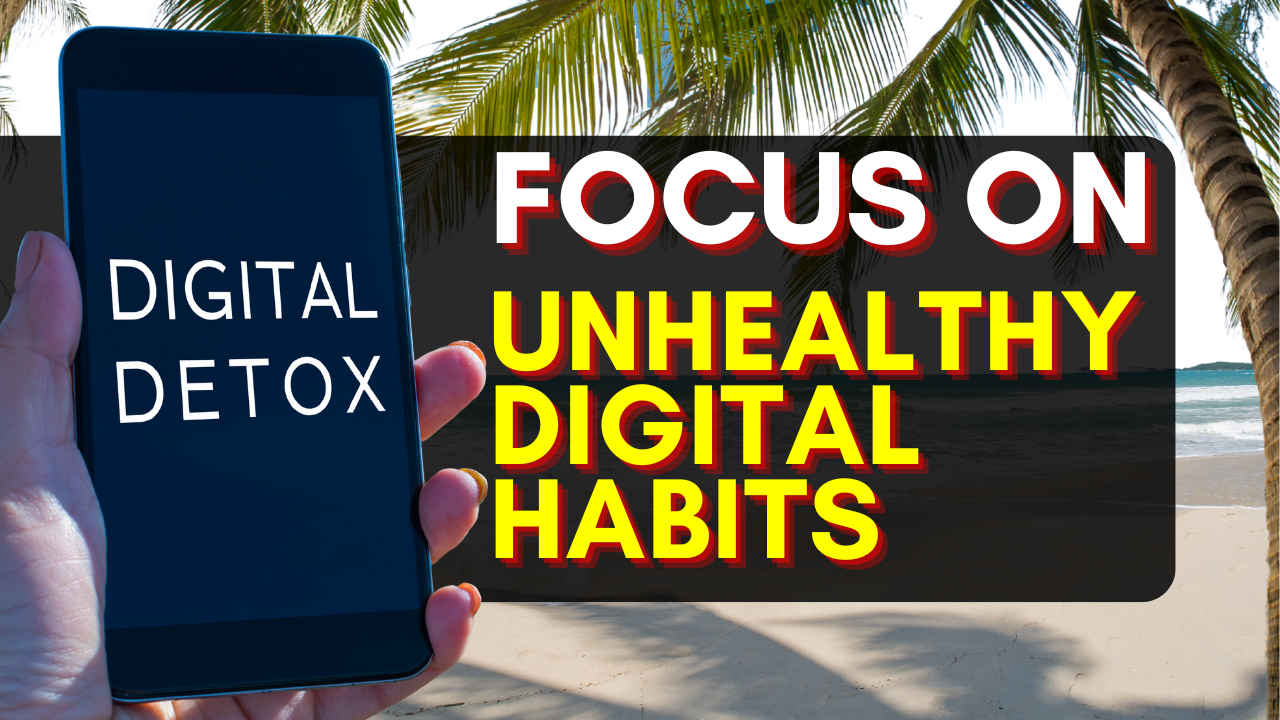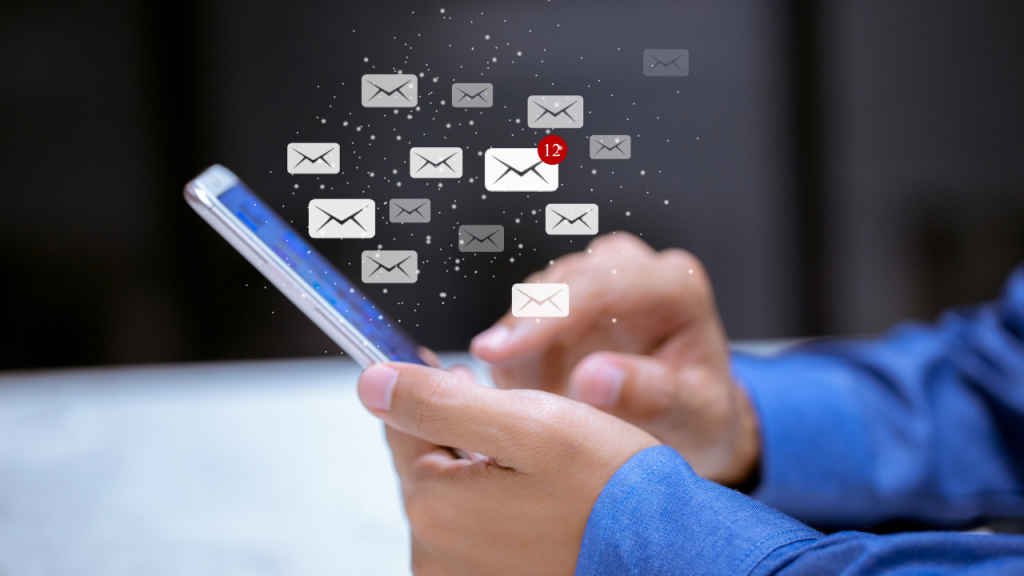

Recognizing your unhealthy digital habits and setting personalised goals for your digital detox are critical steps in creating a healthier relationship with technology. By identifying and addressing the digital behaviours that don’t serve you, you can begin to make more intentional choices about how you use your time and attention.
Also read: Slow down to reboot yourself
Unhealthy digital habits often manifest as compulsive behaviours. Do you find yourself checking your phone every few minutes? Is your social media scrolling endless? These are signs of digital addiction.
Digital clutter refers to the overwhelming amount of digital content we accumulate, which adds to our cognitive load, making it harder to focus and process information effectively. Just like physical clutter, digital clutter can lead to stress and decreased productivity.
Step-by-Step Guide to Digital Decluttering
Start by unsubscribing from unnecessary newsletters and promotional emails. Use apps like Unroll.Me to manage your subscriptions efficiently.


Evaluate your social media friends and followers. Unfollow or mute accounts that don’t add value to your life, reducing the clutter in your feed.
Organise your digital files. Delete duplicates and unnecessary files. Use cloud storage solutions like Dropbox or Google Drive for better management.
To combat compulsive behaviours, set clear boundaries. Allocate specific times of the day for checking emails or social media. Use apps like Forest to stay focused by blocking access to distracting apps and websites for set periods.
Step-by-Step Guide to Identifying Unhealthy Habits
For one week, record your digital habits, including when and why you reach for your devices. Note how you feel before, during, and after using them.
Look for patterns in your diary. What prompts you to pick up your phone or start browsing? Is it boredom, loneliness, anxiety, or habit?
Pay attention to how different digital activities make you feel. Does scrolling through social media leave you feeling energised or drained?
Using your diary and emotional assessments, pinpoint which digital habits are unhealthy. These are habits that negatively impact your well-being or interfere with your real-life interactions and productivity.
To combat these unhealthy habits, consider using tools designed to help manage digital consumption:
Balance doesn’t mean eliminating digital devices from your life entirely but finding a way to use them that supports your well-being, productivity, and real-world relationships.
Steps to Setting Achievable Digital Detox Goals
What do you hope to achieve with a digital detox? More free time? Better sleep? Improved focus?
Based on your desired outcomes, set specific and measurable goals. For example, “Reduce social media use to 30 minutes per day,” or “No screen time 1 hour before bed.”
Decide which strategies and tools will help you achieve your goals. This might include using app blockers during certain times of the day or deleting particularly distracting apps from your phone.
Anticipate obstacles and plan how you’ll address them. If you know you tend to browse your phone out of boredom, plan alternative activities to fill your time.
Keep a journal or use an app to track your progress toward your goals. Celebrate your successes and reassess your strategies if you’re struggling to meet your objectives.
As you move forward, remember that digital detox is not about perfection but about making progress towards a more balanced and fulfilling digital life. By setting personalised goals and utilising the right tools, you can create lasting changes that enhance your well-being and productivity.Also read: How to deactivate your Instagram account: Step-by-step guide